Inspiration Shift: Tilt-Shift Photos and Effects
With all of the various techniques and lenses that photographers use to create over the years in the development of their craft, we see many spring to the forefront of the industry to take hold. Of these that are popular with the public, several have been adopted by graphic artists who attempt to replicate the outcome with their own works. One that continues to grow in favor with the masses is tilt-shift photography.
Across the Web there are tutorials and tools that can assist any amatuer shutterbug or graphic artist with applying this technique to their photos after the fact. No longer is this popular style only available to those with the expertise and the proper, high end equipment. And the replication processes are getting even better with each new iteration. In fact, below we have a mix of both real tilt-shift photos and altered photos to make them appear to be tilt-shift. See if you can tell the difference!
Photography Mix
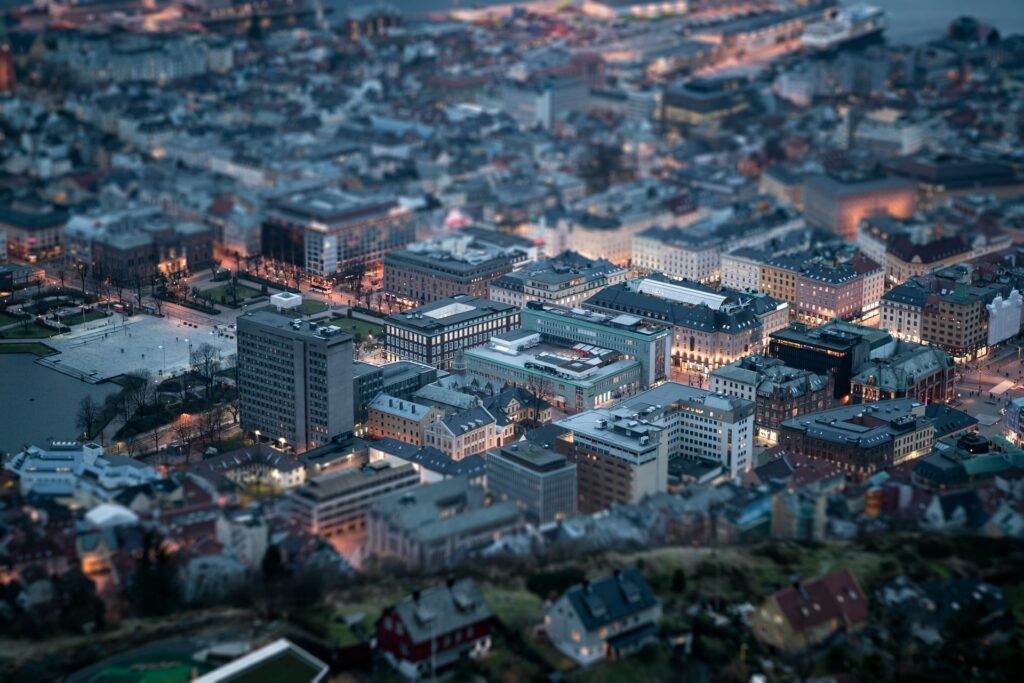
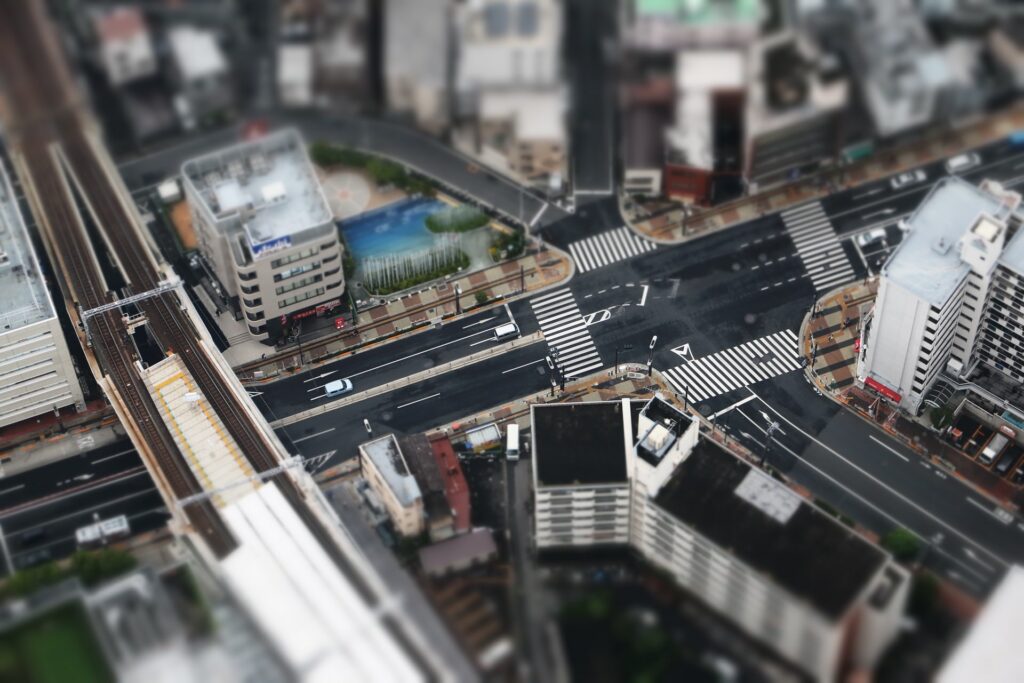
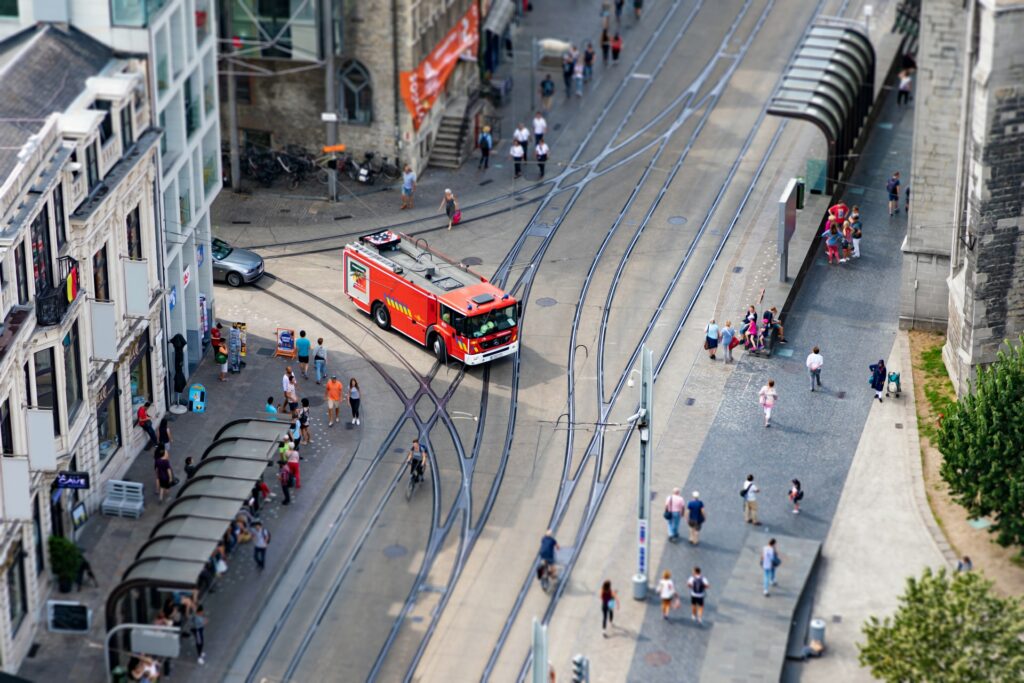
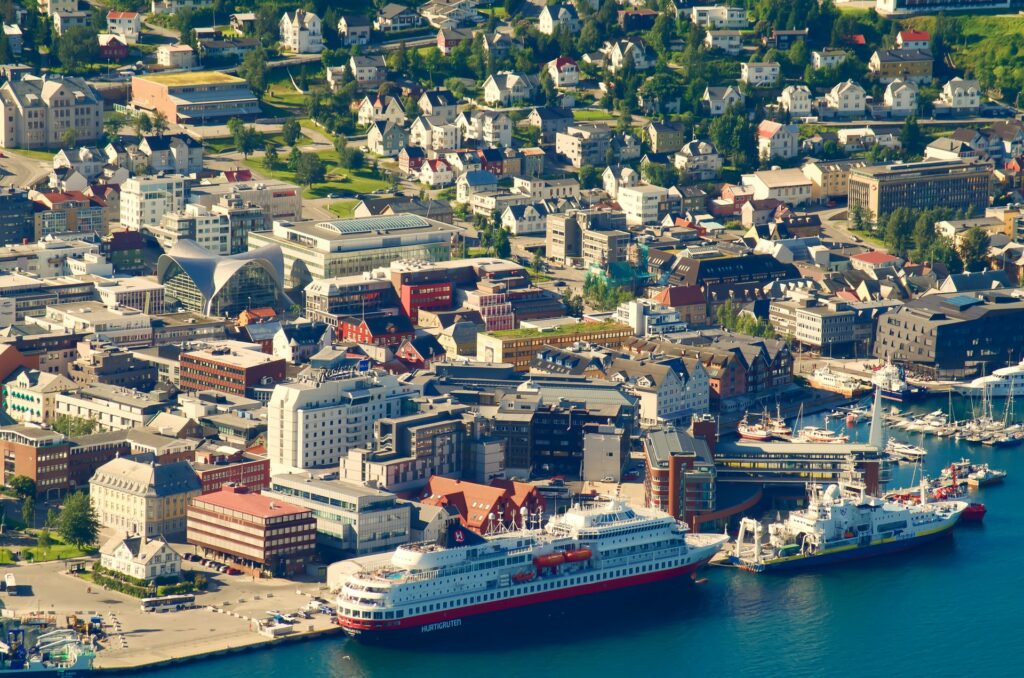
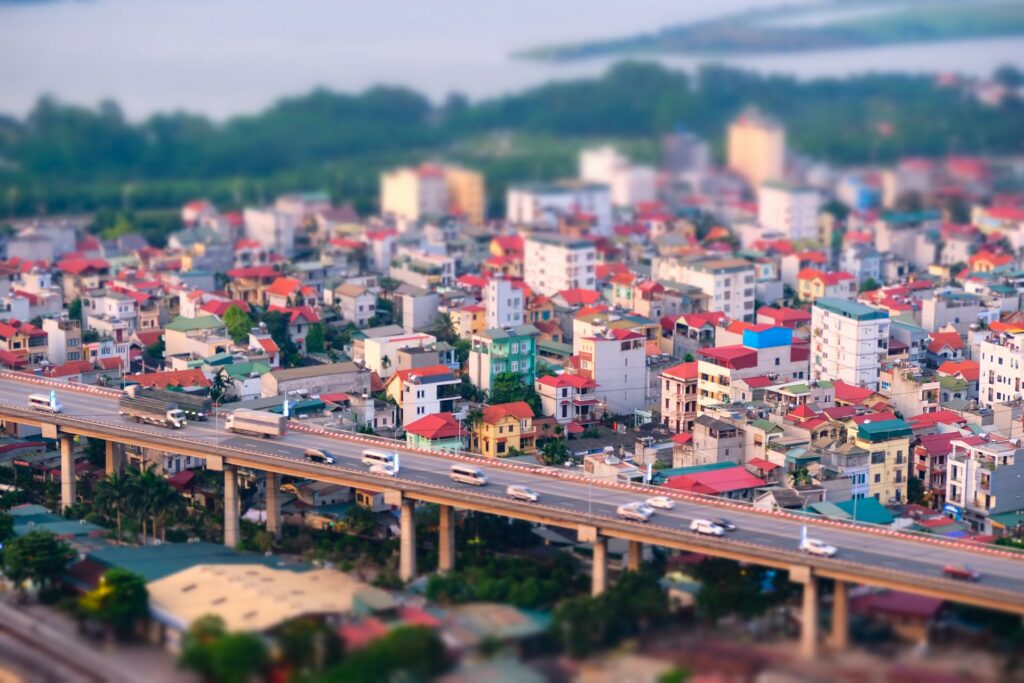
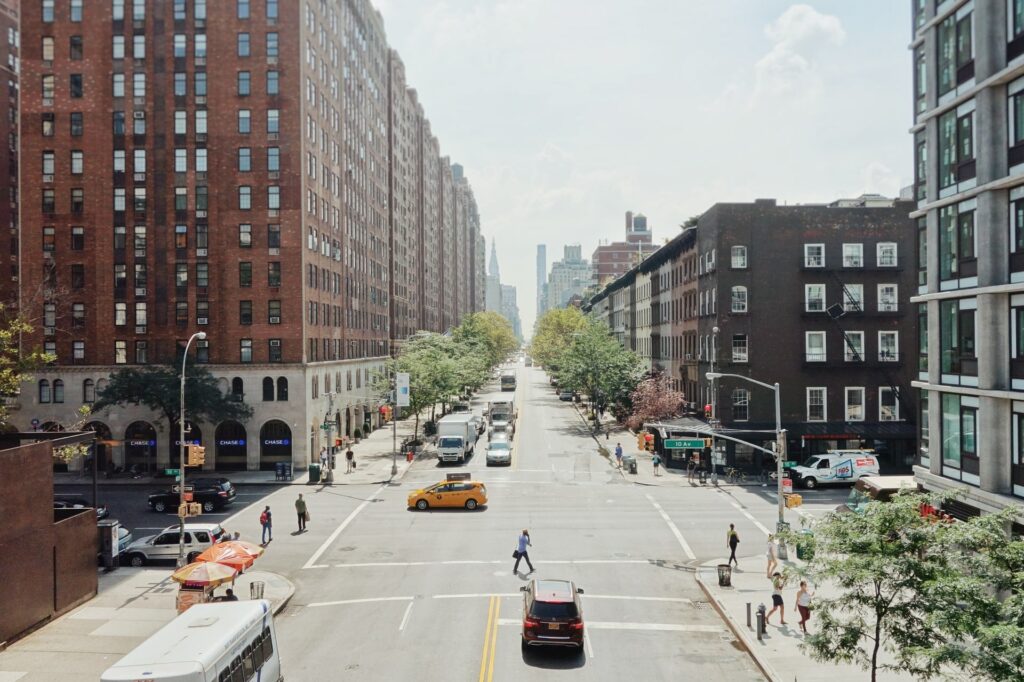
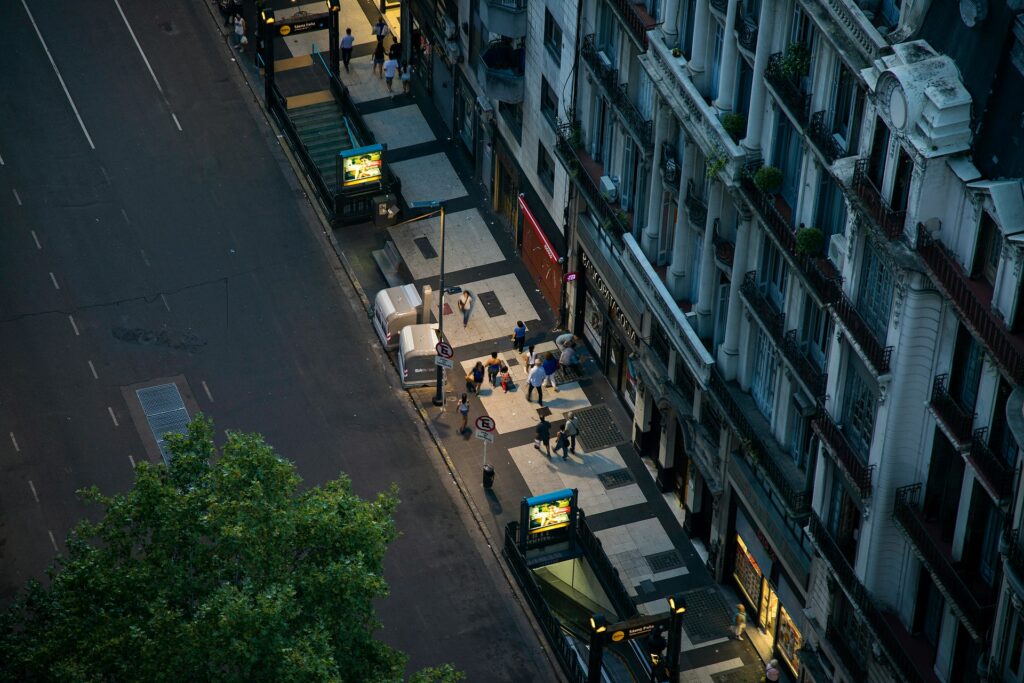
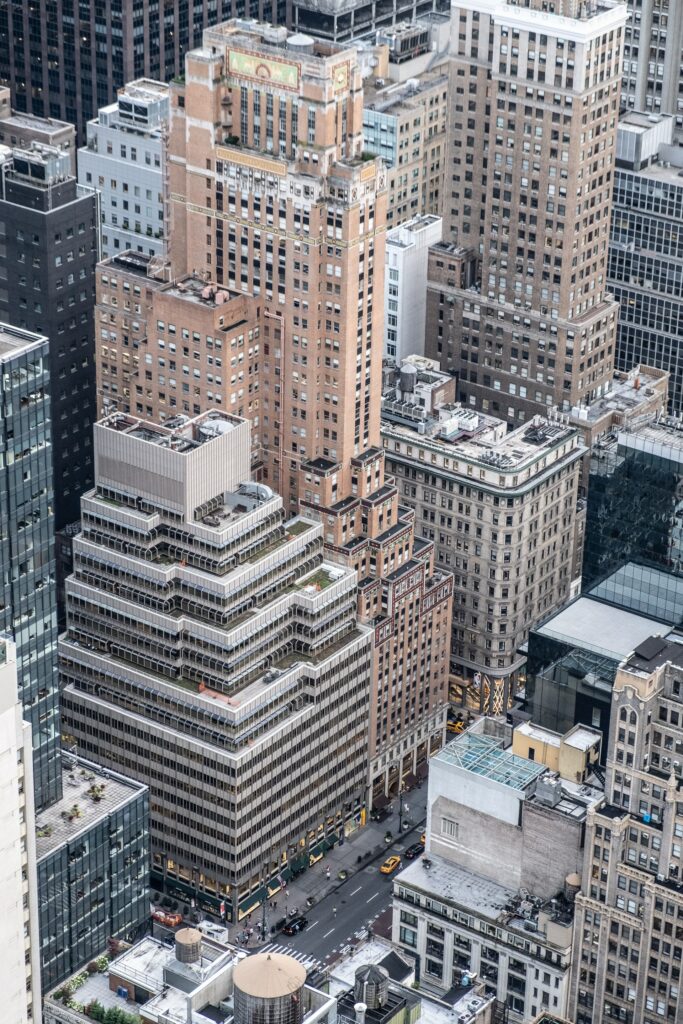
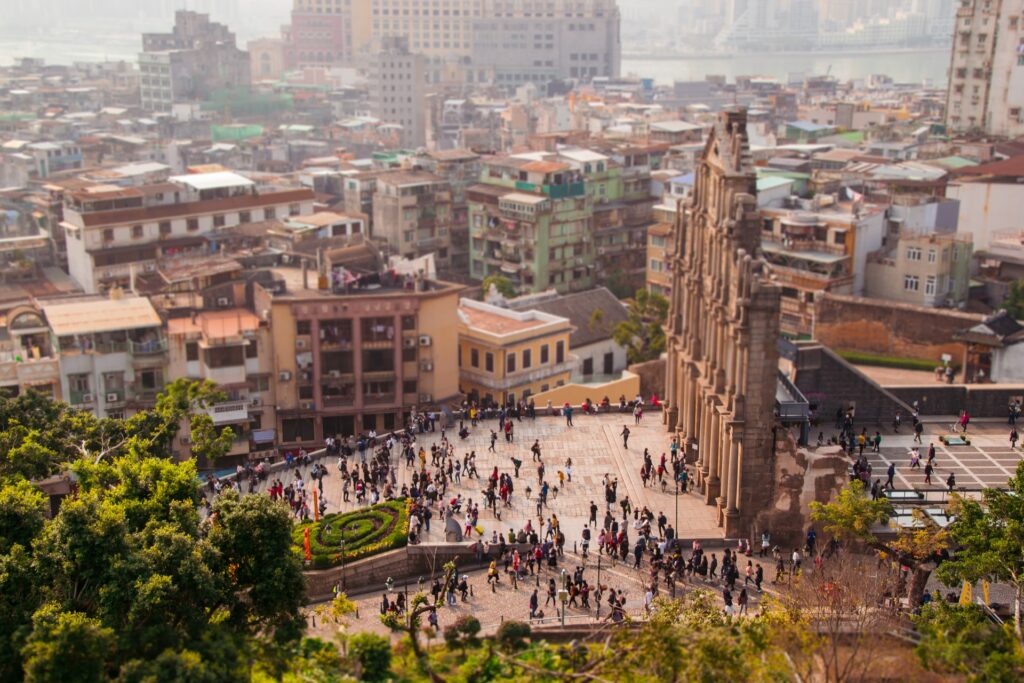

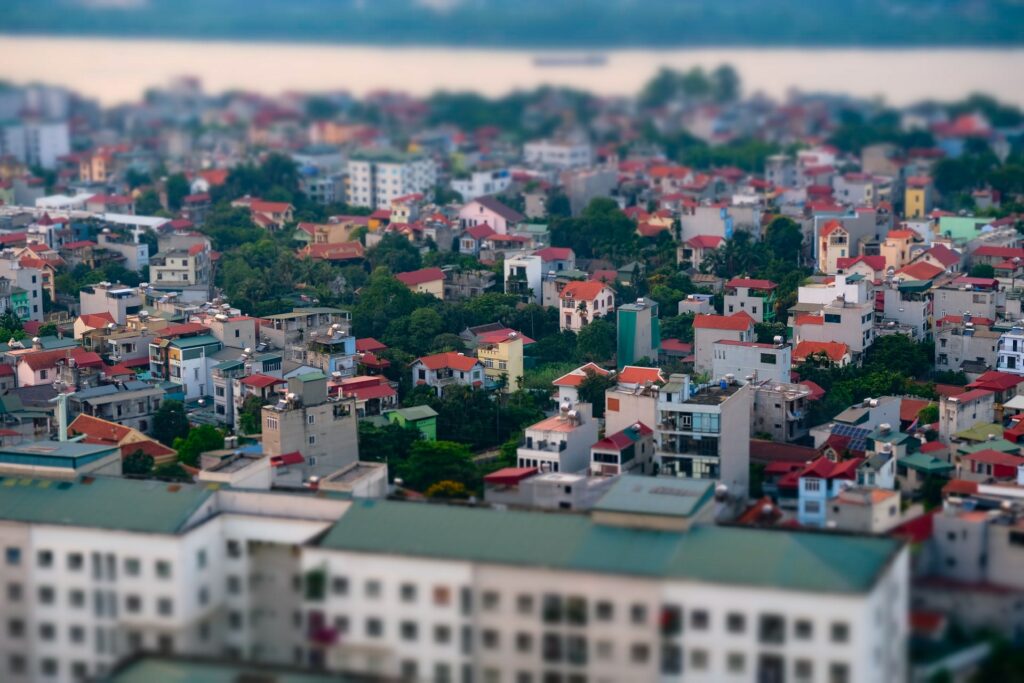
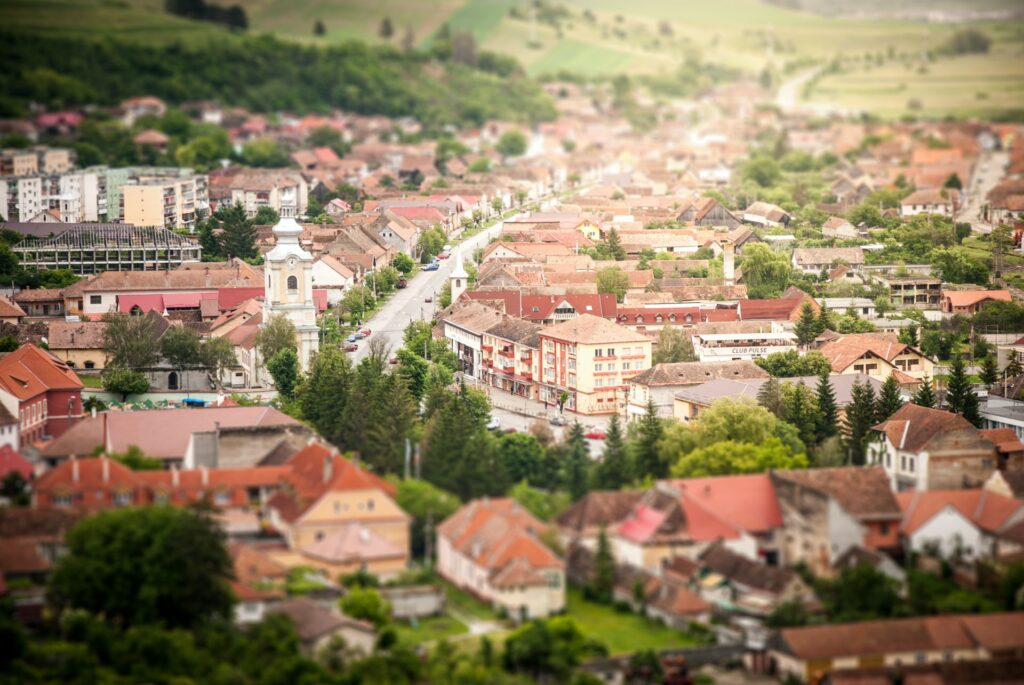
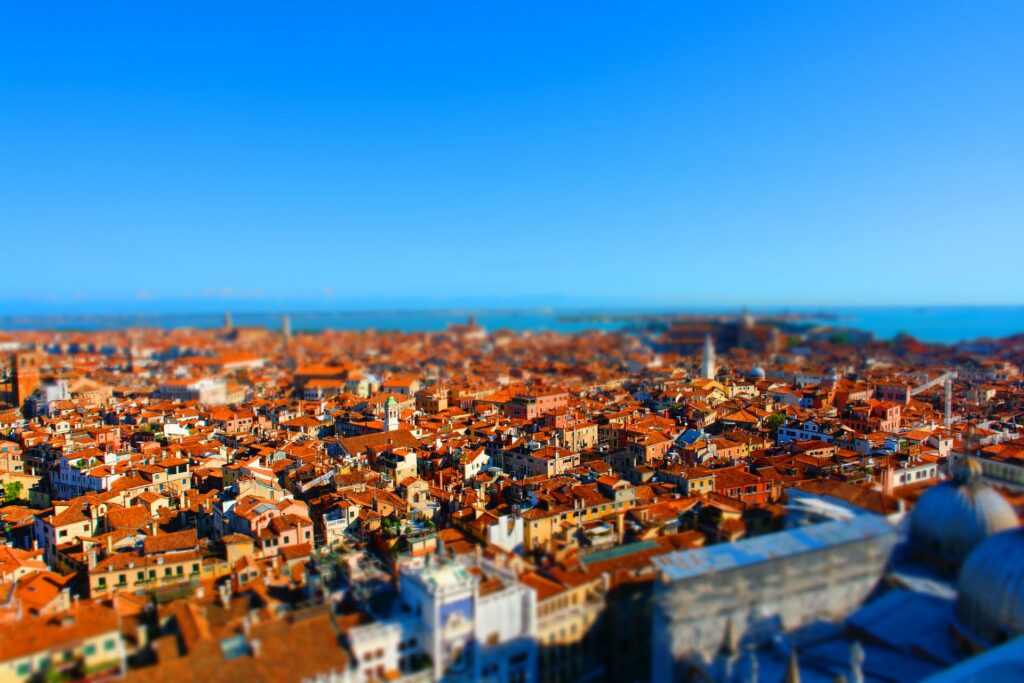
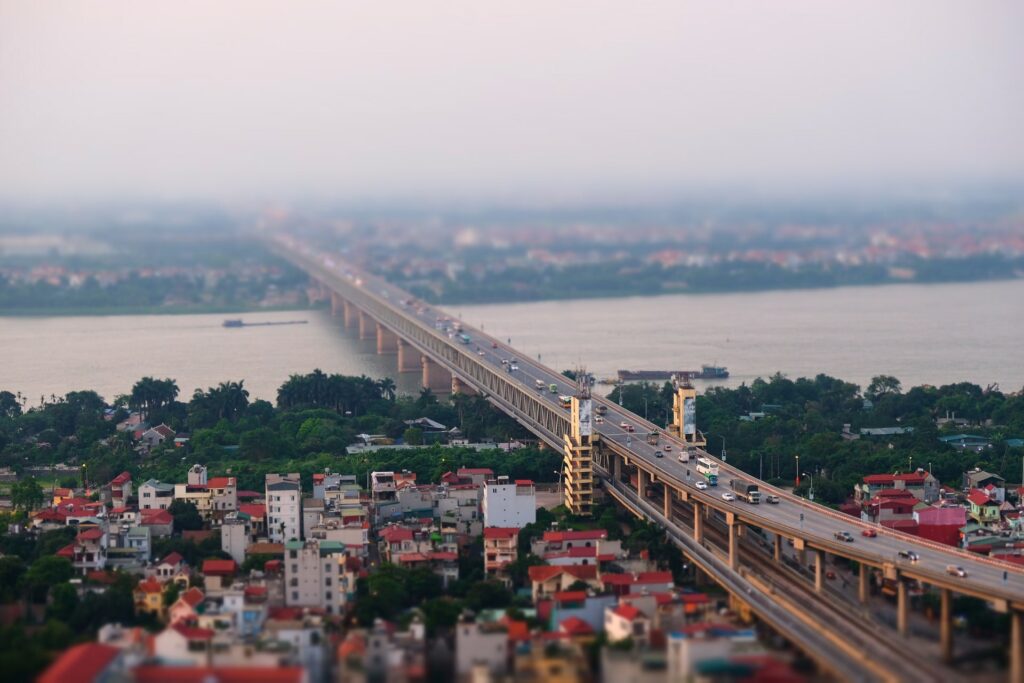
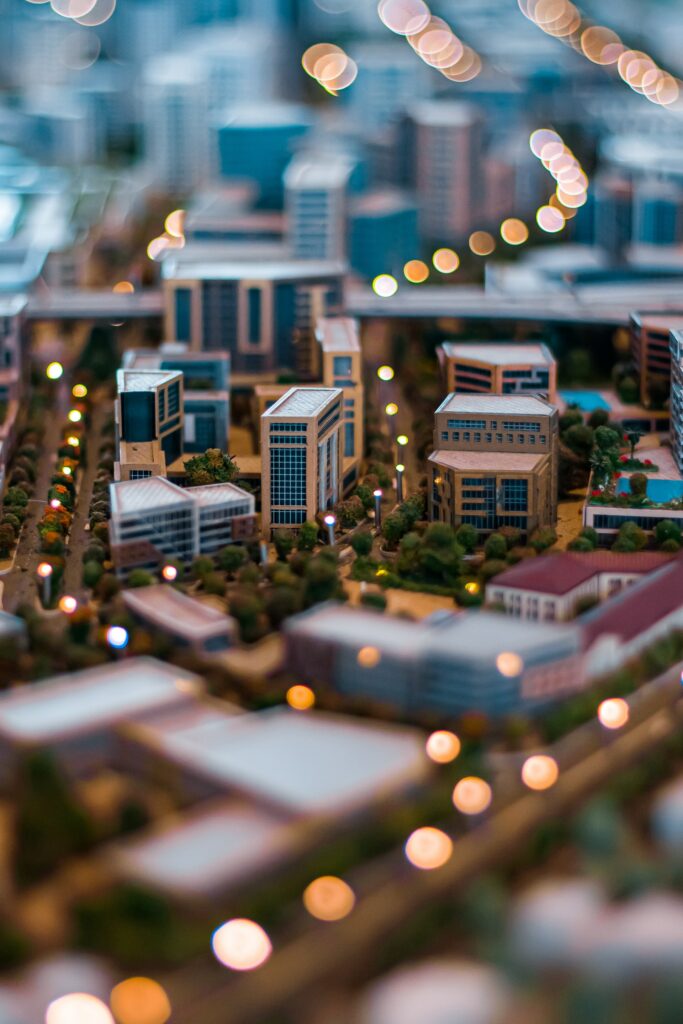
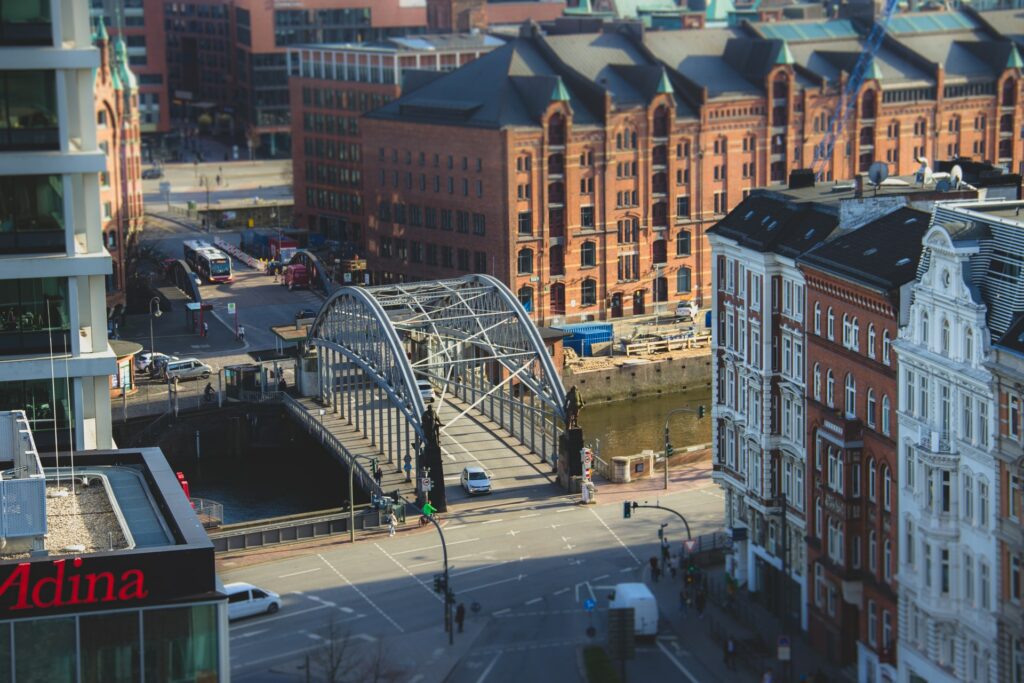
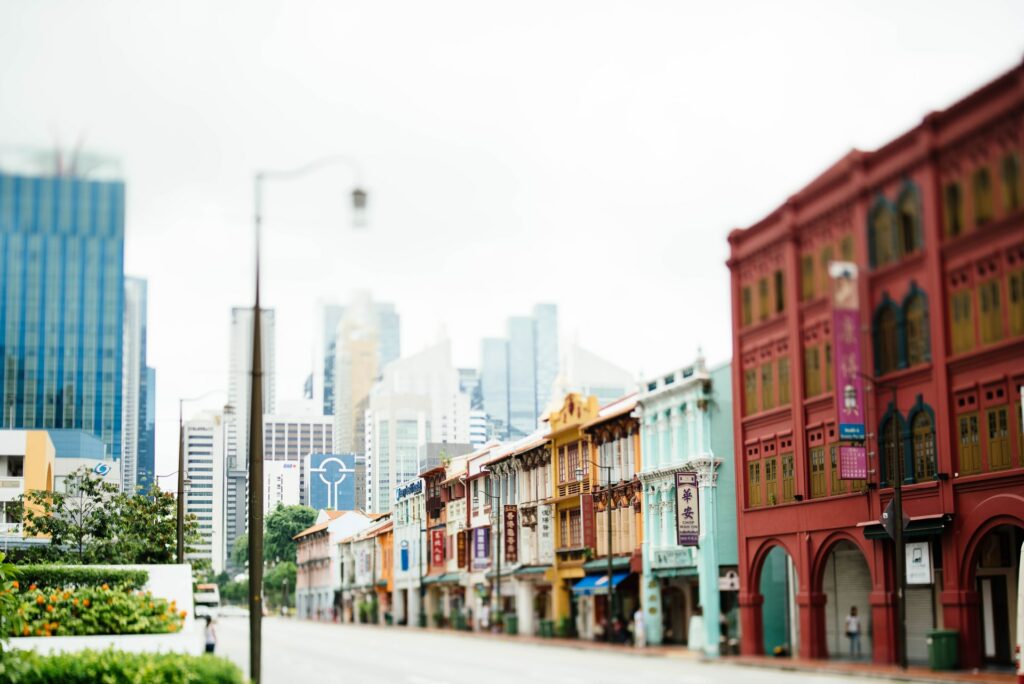
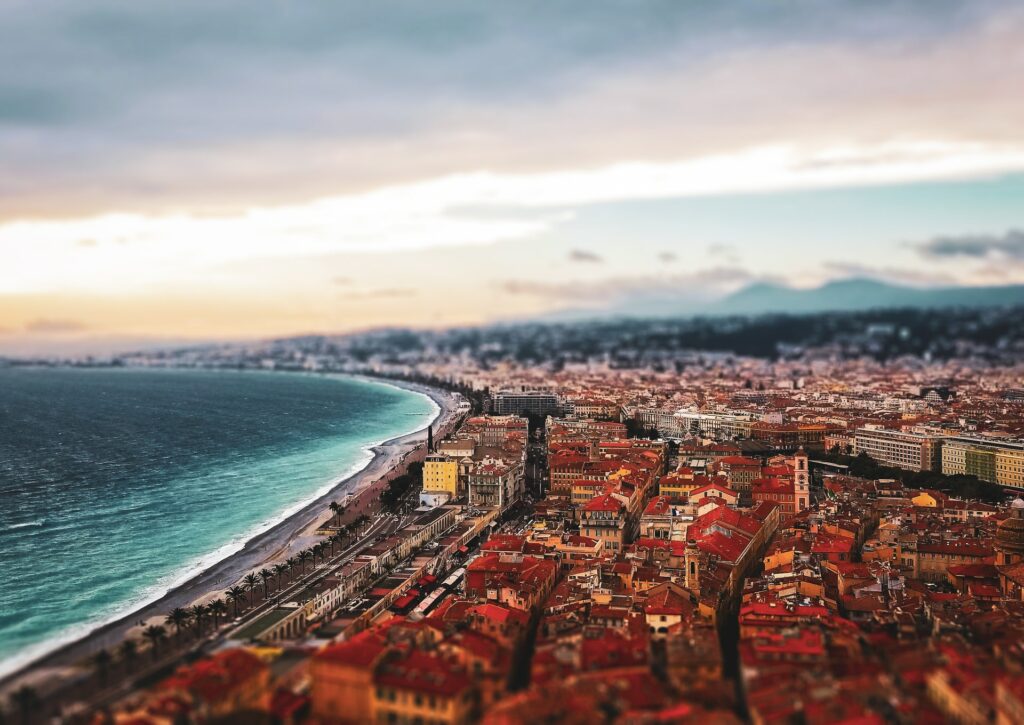
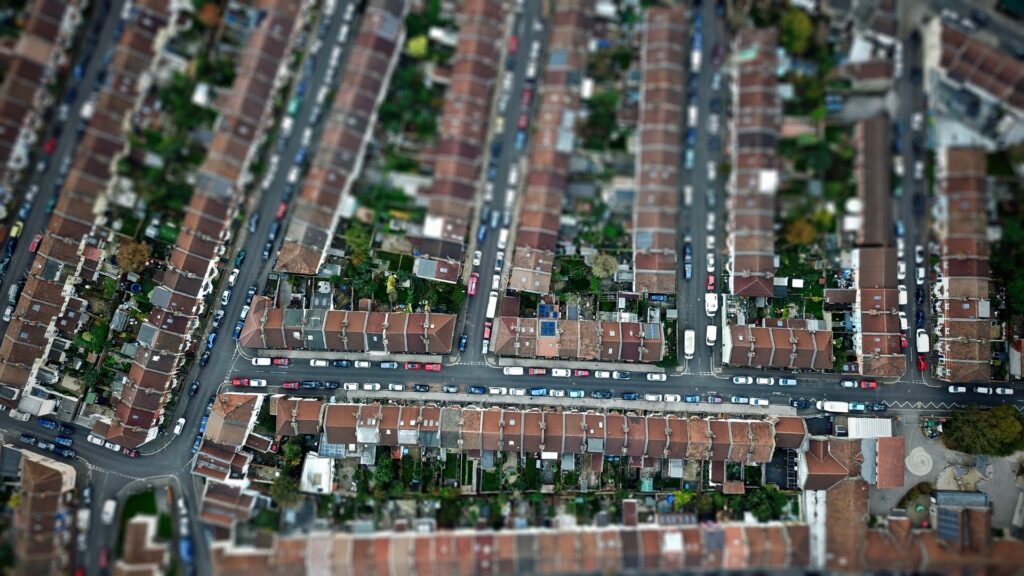
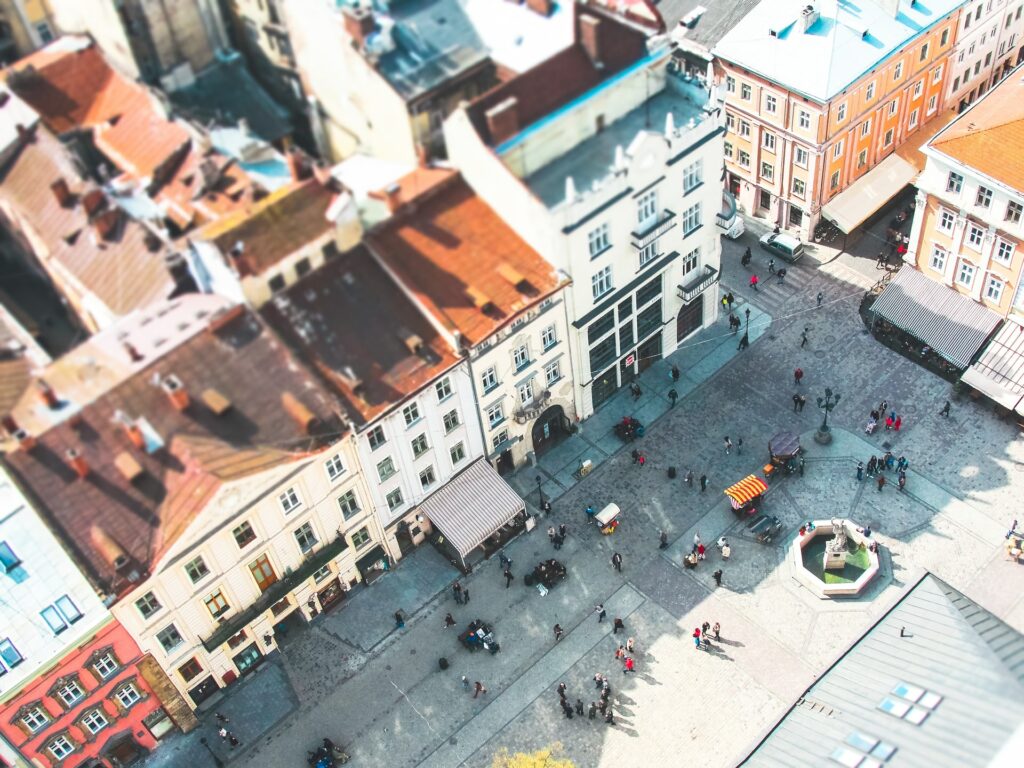
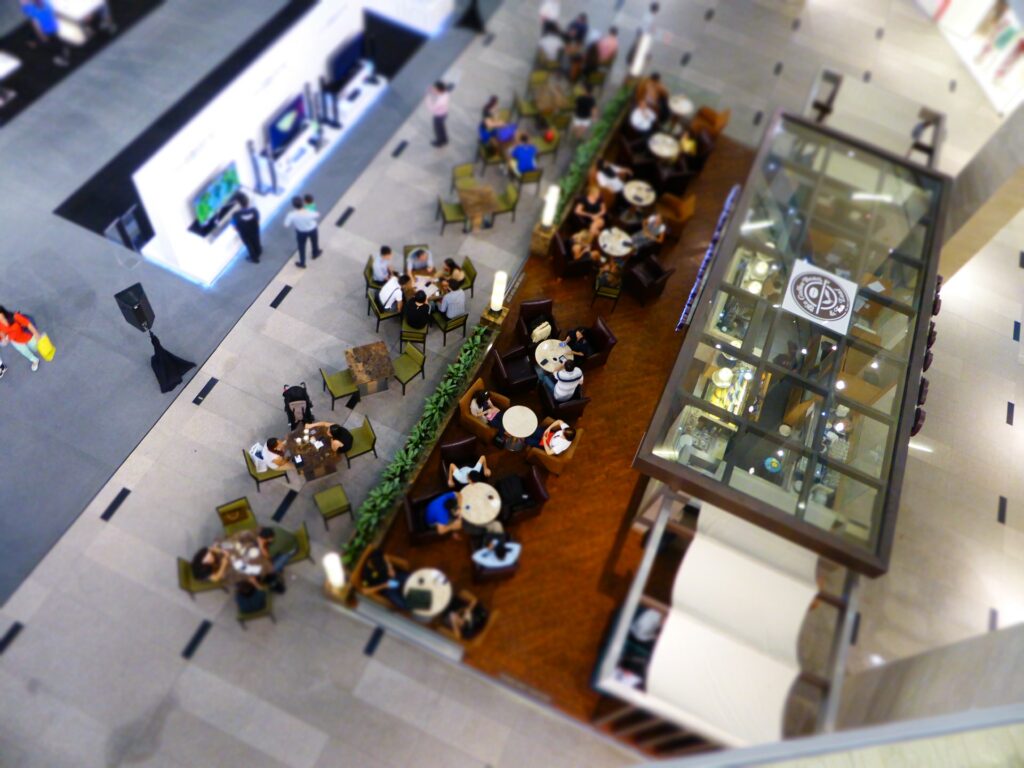
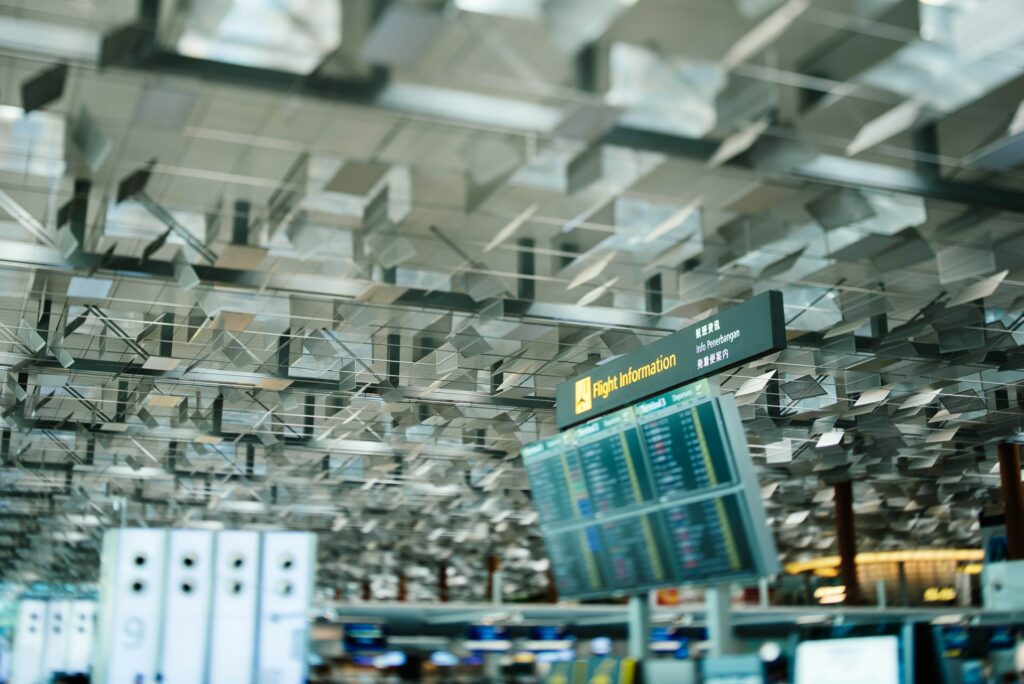
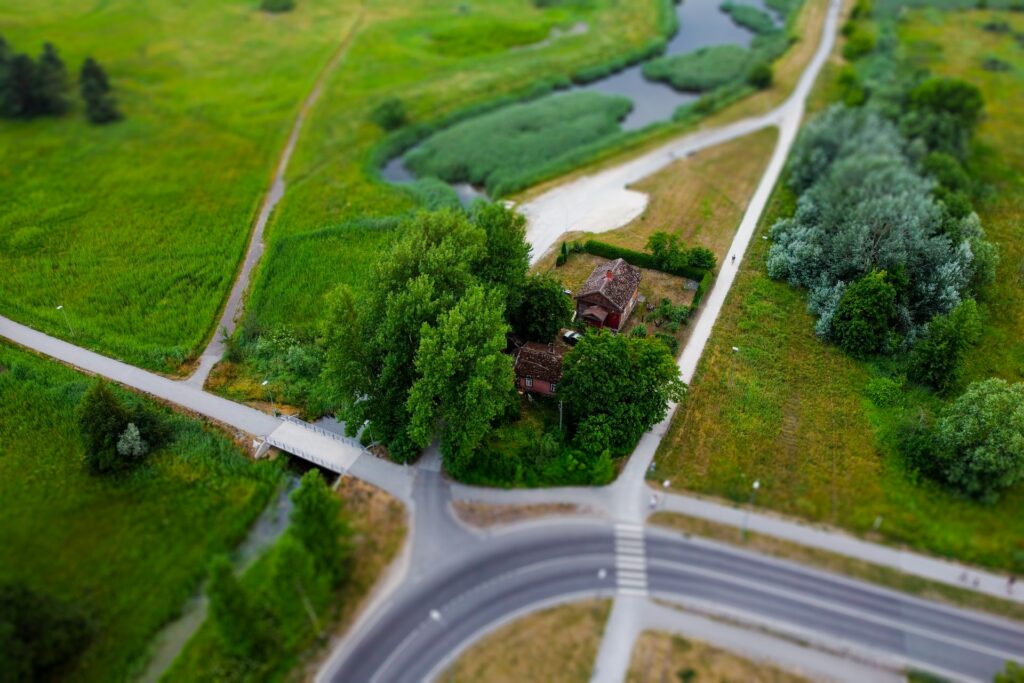
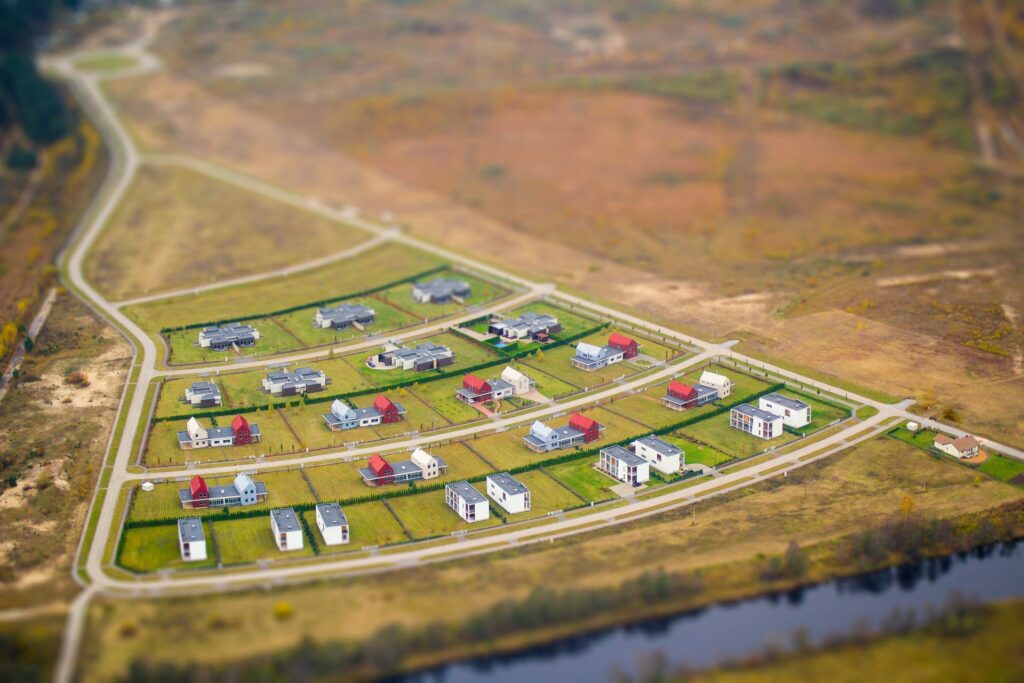
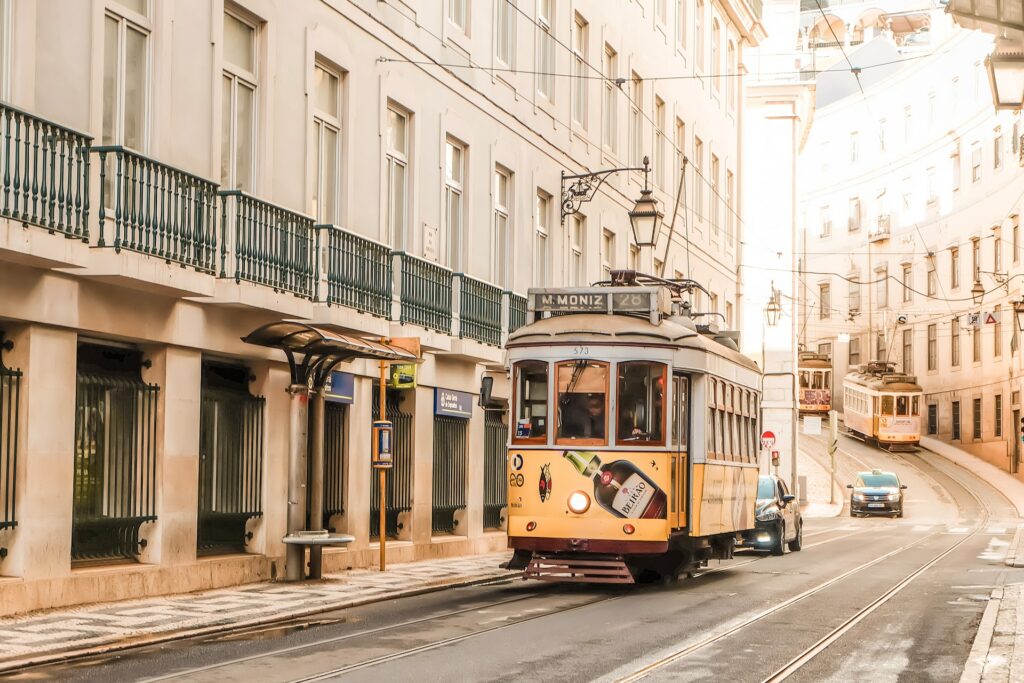
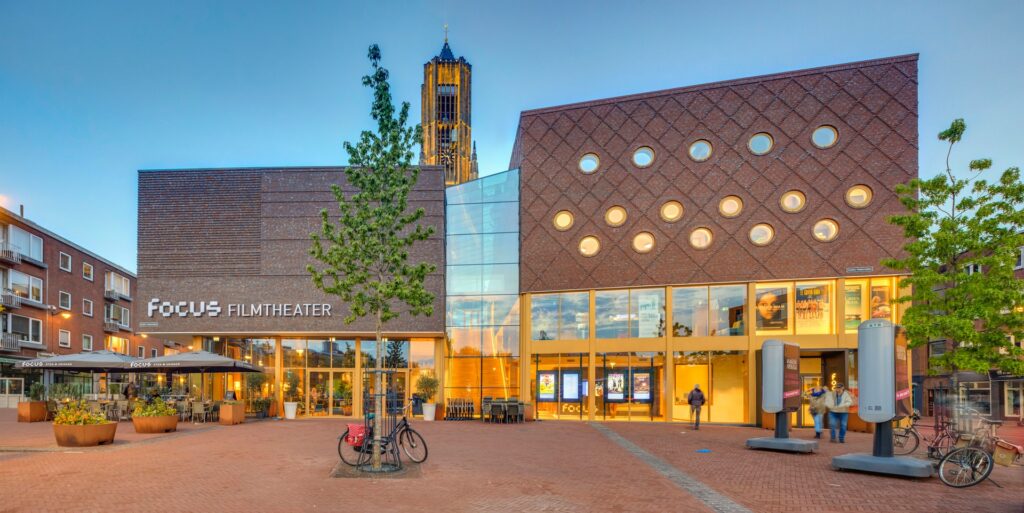
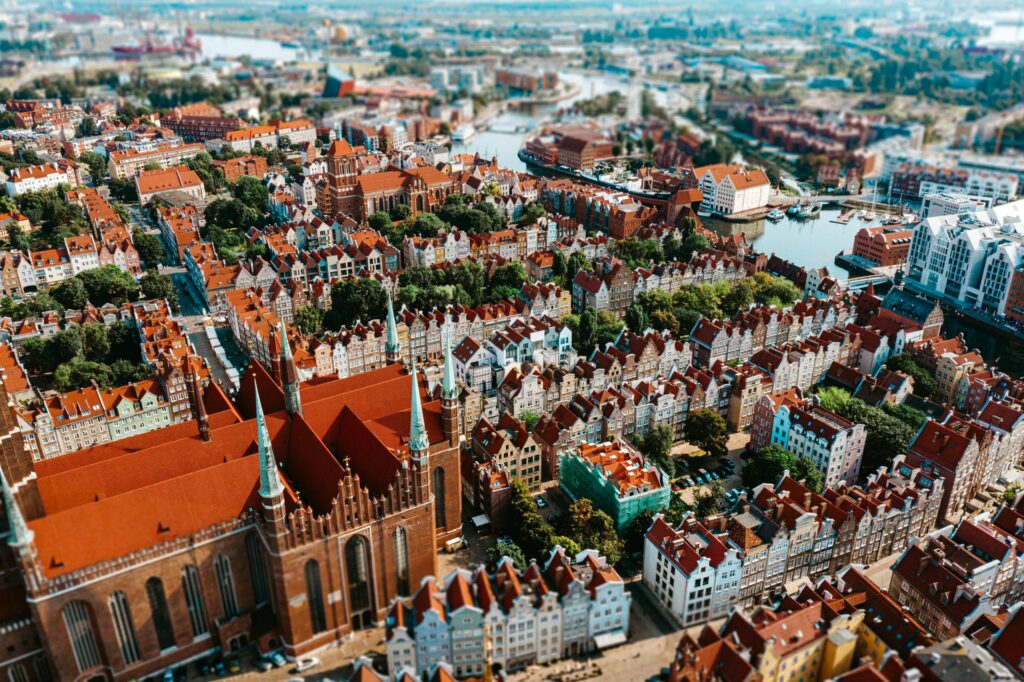
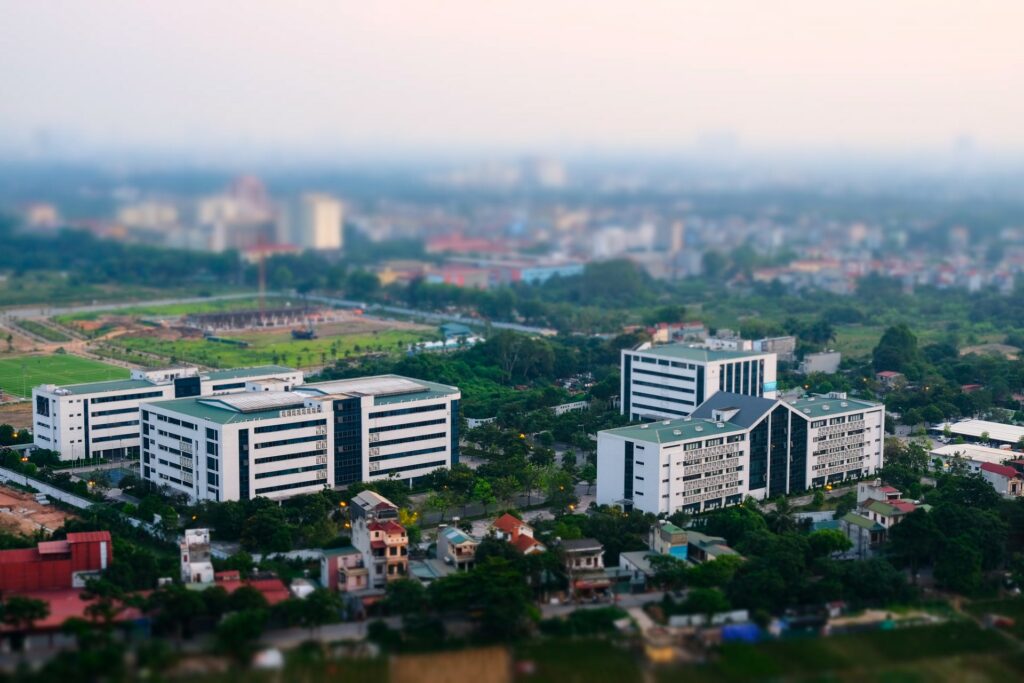
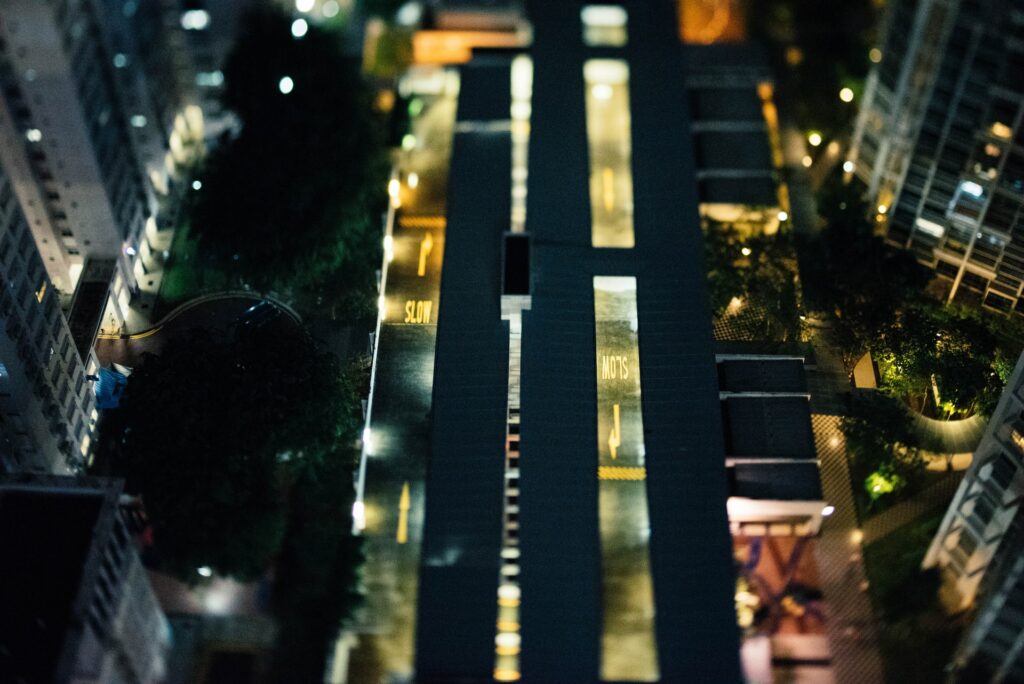
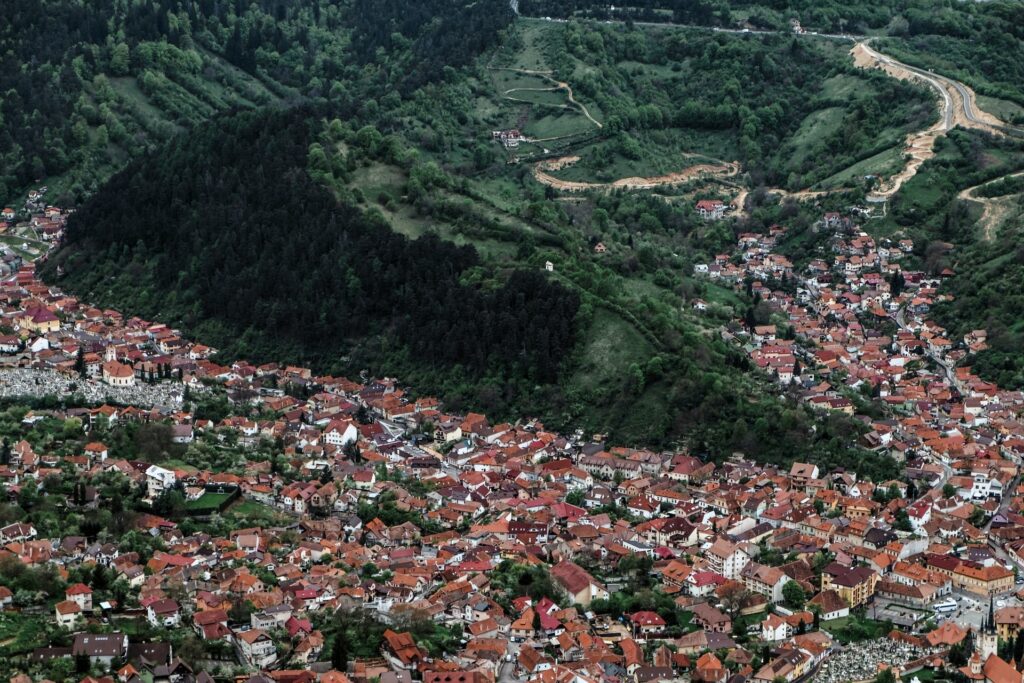
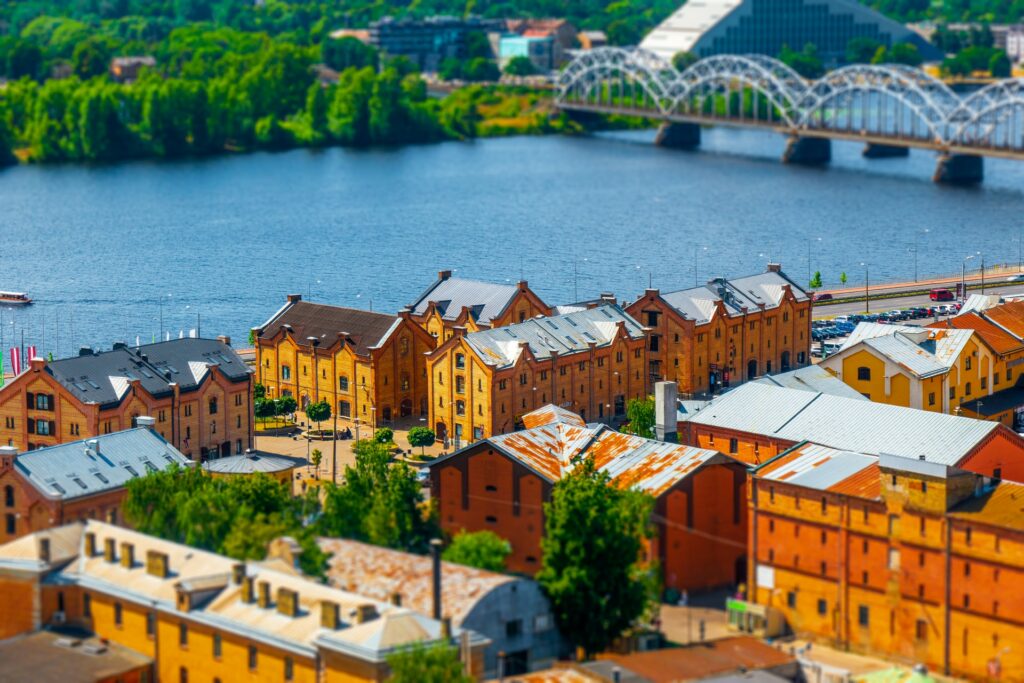
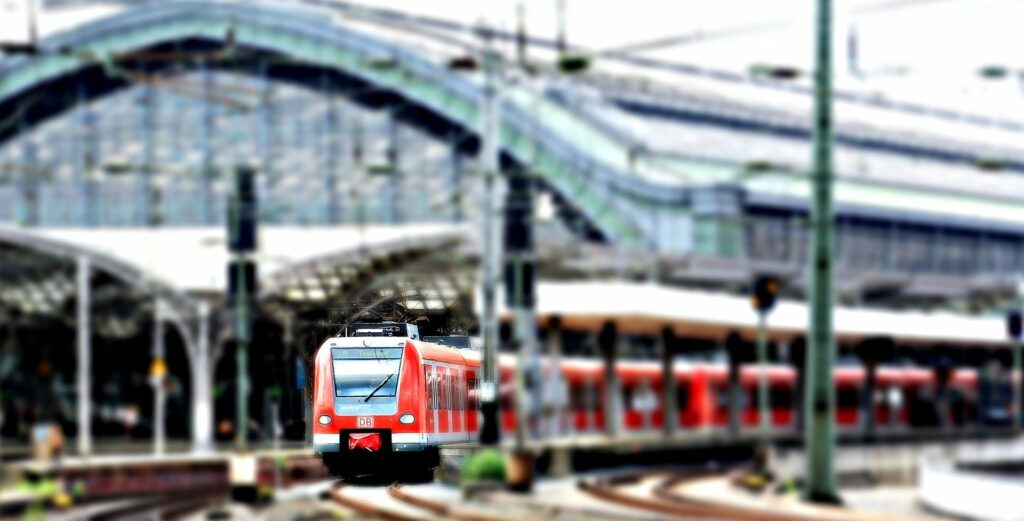

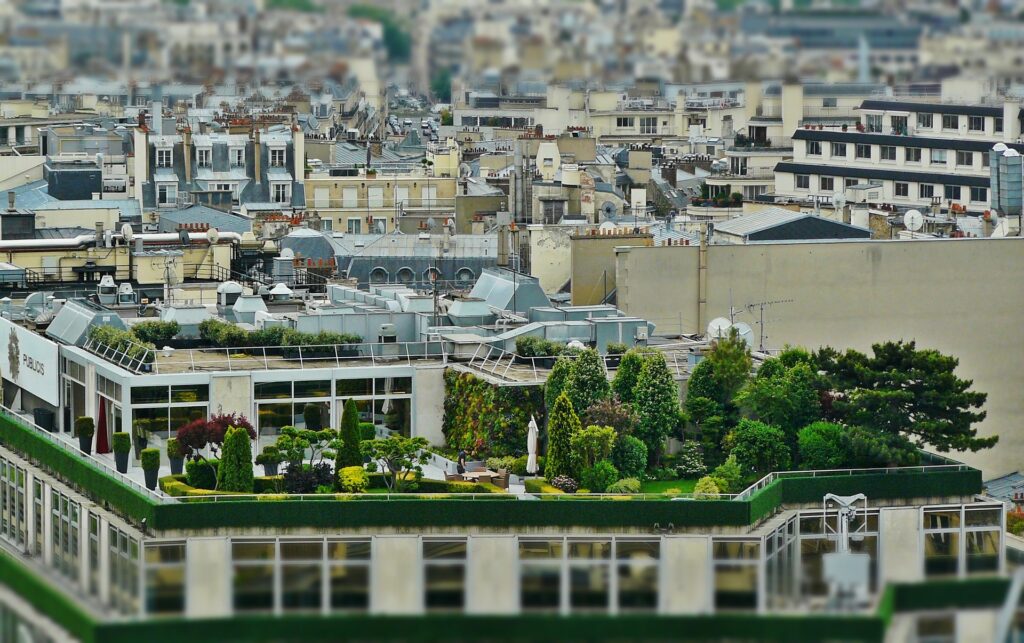
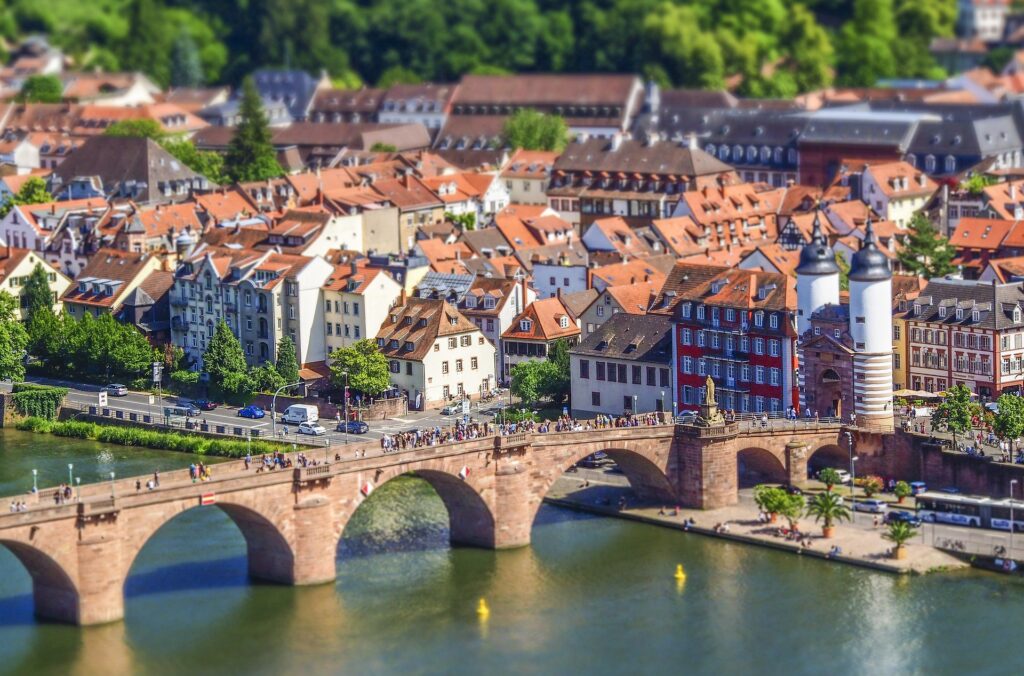
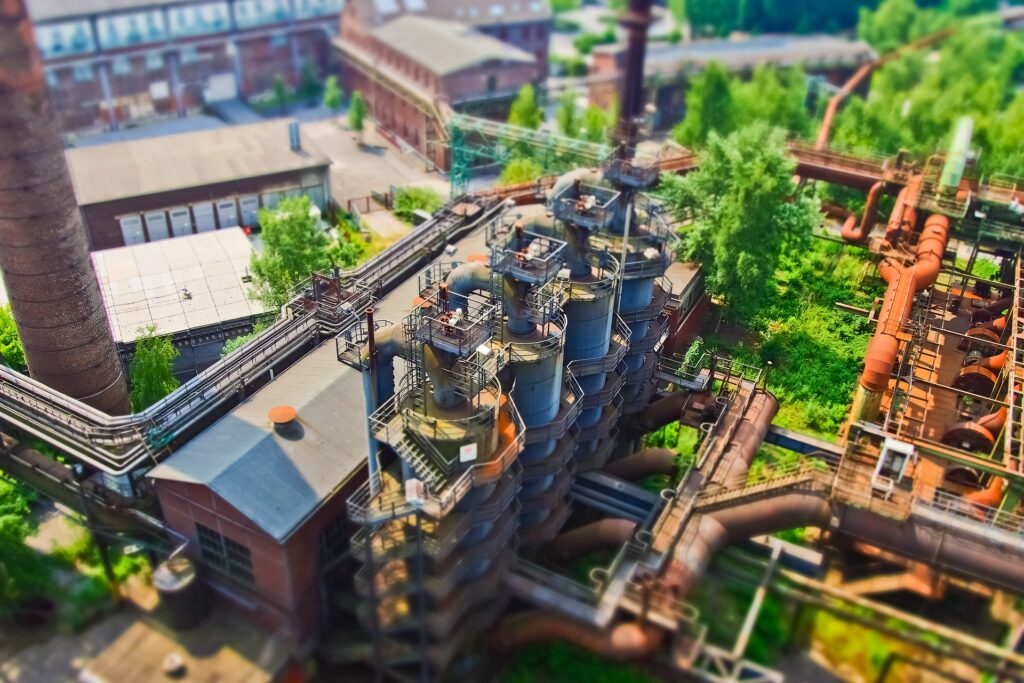
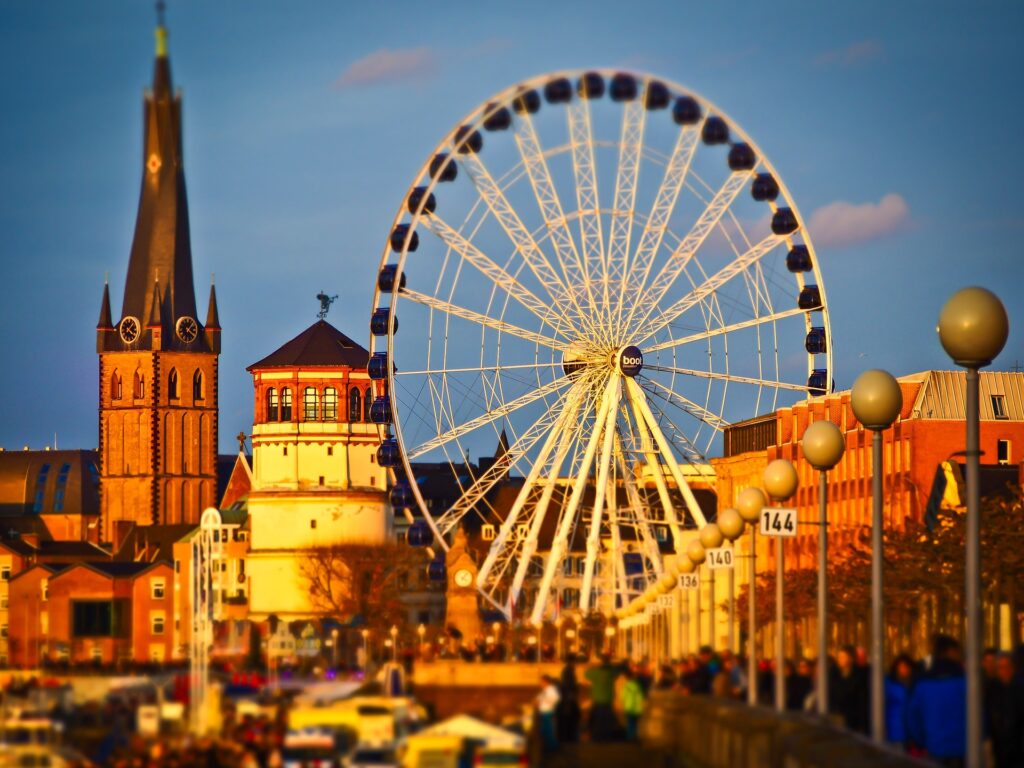
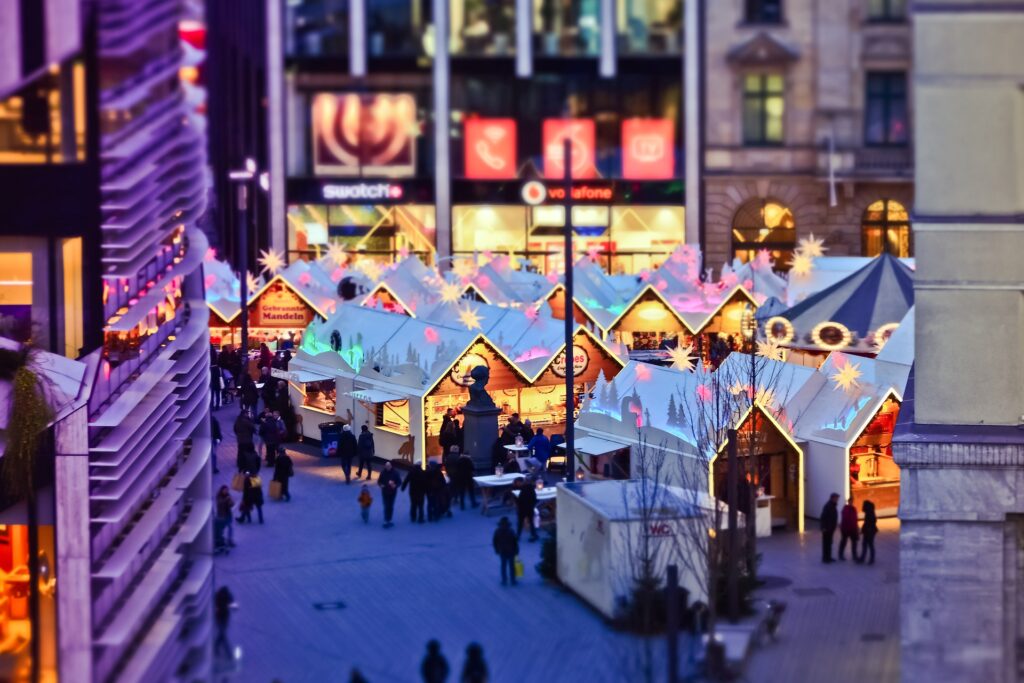
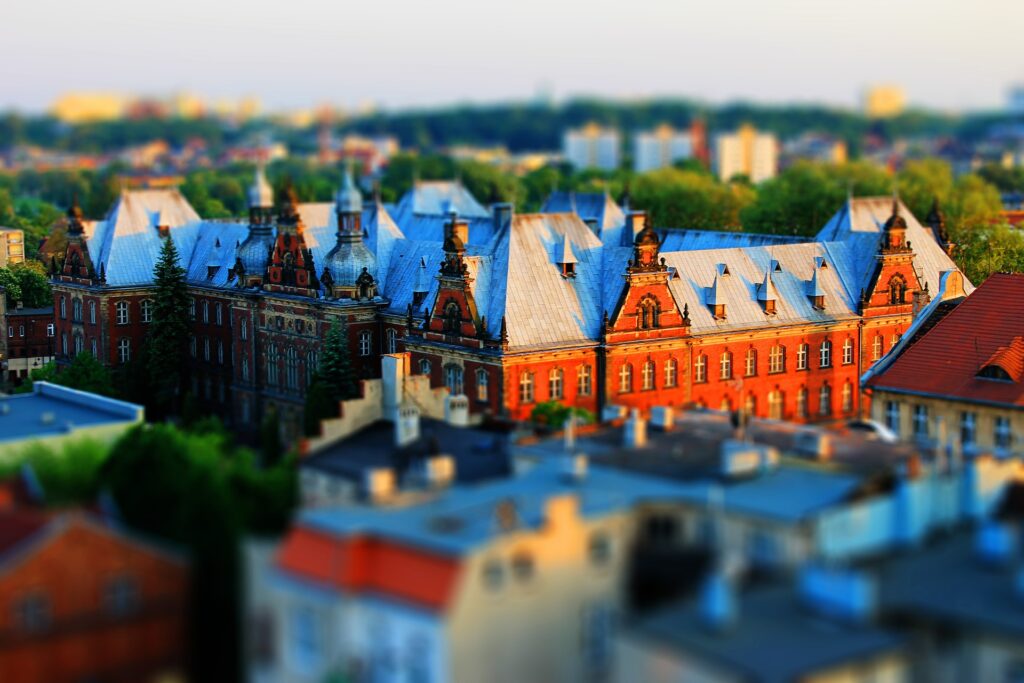
Manitou Incline by Angie Bowen
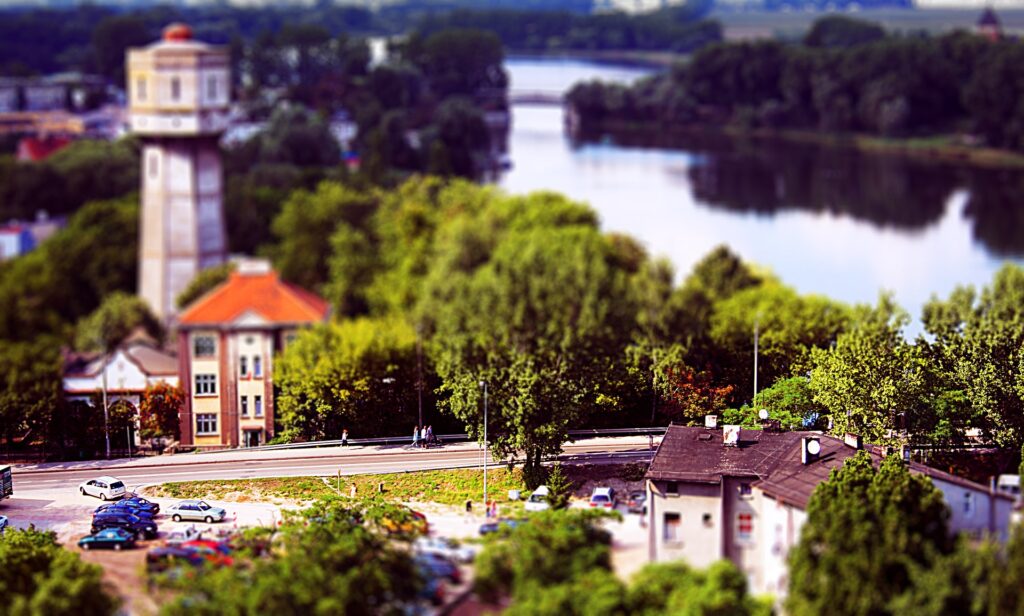
< < Tilt-Shift miniature faking is a creative technique whereby a photograph of a life-size location or object is manipulated to give an optical illusion of a photograph of a miniature scale model. Altering the focus of the photography in Photoshop (or similar program) simulates the shallow depth of field normally encountered with macro lenses making the scene seem much smaller than it actually is. In addition to focus manipulation, the tilt-shift photography effect is improved by increasing color saturation and contrast, to simulate the bright paint often found on scale models. >>
Tilt-Shift Resources
If you enjoyed this showcase and would like to try your hand at this technique post photo then take a look at some of the assembled goodies below to get your tilt-shift angling towards something more visually stunning:
Tutorials
- Tilt-Shift Photography Photoshop Tutorial
- tilt-shift Photoshop Tutorial: How to Make Fake Miniature Scenes
- How to use Photoshop's Lens Blur tool for tilt-shift fakery (Part 1 of 2) & Part 2
- Video Tutorial: tilt-shift via Photoshop
Generators
- TiltShift Generator (Adobe AIR app)
- TiltShift Maker (Online Service)
- TiltShift ($1.99 App for iOS devices)
- tilt-shift Focus ($0.99 App for iOS devices)
(rb)

nice shots/manips.
and you can clearly see that a bird’s view is the best perspective to create the miniature effect, that makes tilt shift so loved.
Very true, it seems the higher up, and with the right angles of course, the better. Thanks.
Hi many many images are old not use new images and many many images are some right reserved….please use new stuff next time this is bad impression for noupe….
Sorry you feel that way. However, as to the rights issues, all of the images used are available for such purposes with attribution, which has been given. But thanks.
ok Robert suppose you take permission but you use all old images what is this??? this is 2011 and you doing use 2006 or 2007 and 2005 photos why?? :) :)
The images may be from a few years ago, but they were ones I have not seen featured everywhere. So in that respect they felt fresh. Obviously you do not share in this opinion. Perhaps next time. :)
Please direct me to some examples that you would have used. I would love to see them! :)
Ok Robert Thank you…you are a nice person hun :)
Can figure out very easily between real and fake photos.
I can too…for some of them. :)
Very easy to spot the fake tilt-shift shots as mentioned above. I am somewhat good at making miniature shots with TS lenses and I can tell you there are NO ways to replicate its effect without some serious PS work.
It is not just about using linear gradient with blur. While this technique works for some shots, it fails when used for buildings since the plane of focus is not constant.
I can imagine that, especially if you have worked with the actual lenses it is extremely easy to spot them. I like the tip you offered as well. Much appreciated!
I have long thought the Japanese photographer, Naoki Honjo (????) to be the master of tilt-shift. Maybe you might be interested to check out his book ‘Naoki Honjo: Small Planet [Tankobon Softcover] / author – Masahiko Sato’. It’s quite old, 2006, but in case you haven’t come across him, it’s well worth a look. Probably the best example of real tilt-shift photography that I have ever come across…
Thanks, Joe! I will definitely be looking for that! :)
lol.. i can’t really tell the difference, but I do love the effect! It makes everything seem so tiny and cute :)
It is actually pretty easy to do this technique quickly in Photoshop, but the really amazing tilt-shift photos take into account the actual depth of elements in the photo, and try to keep area in focus to objects the same distance away, not just a blur from the bottom and top. Thanks for the inspiration!
Nice
Ah man.. u made me wake up! stunnin collection.. I’m impressed..
I find very interesting